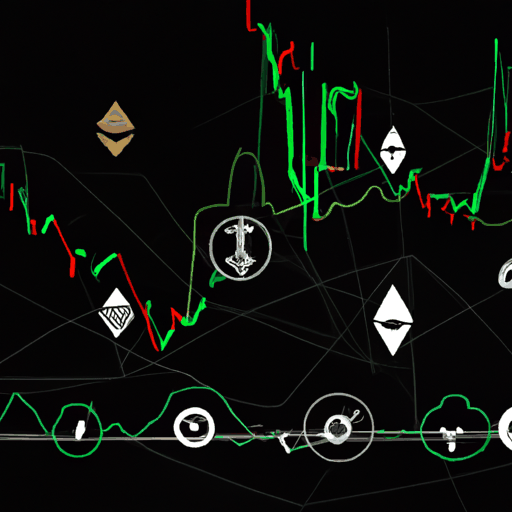
Understanding the Impact of Bitcoin Exchange Balance Decline on Prices
By: Isha Das
Bitcoin, the foremost cryptocurrency, has recently reached a new all-time high, highlighting significant shifts in market dynamics. A particularly noteworthy factor accompanying this surge is the marked decline in Bitcoin balances on centralized exchanges, which have hit a six-year low. This trend indicates a fundamental change in trader behavior, with many investors transferring their Bitcoin to cold storage or secure wallets, thereby reducing the circulating supply on exchanges.
This movement suggests a strong belief in Bitcoin's long-term value proposition. By transferring their assets off exchanges, investors diminish the immediate supply available for trading, which can lead to price hikes due to the scarcity effect. Historical data indicates that reduced Bitcoin supply on exchanges often coincides with upward price momentum, as observed during this latest surge.
The rationale behind this trend is multifaceted. With growing institutional interest and mainstream acceptance of cryptocurrencies, confidence in Bitcoin’s strength as a store of value has been bolstered. The perception of Bitcoin as digital gold is gaining traction as more stakeholders consider its deflationary characteristics and limited supply cap.
For those navigating the volatile cryptocurrency markets, understanding these dynamics is crucial. Reduced exchange balances present both opportunities for price appreciation and challenges in liquidity and immediate availability, influencing trading strategies and investment decisions.
To further explore this concept, check out the original news article.



